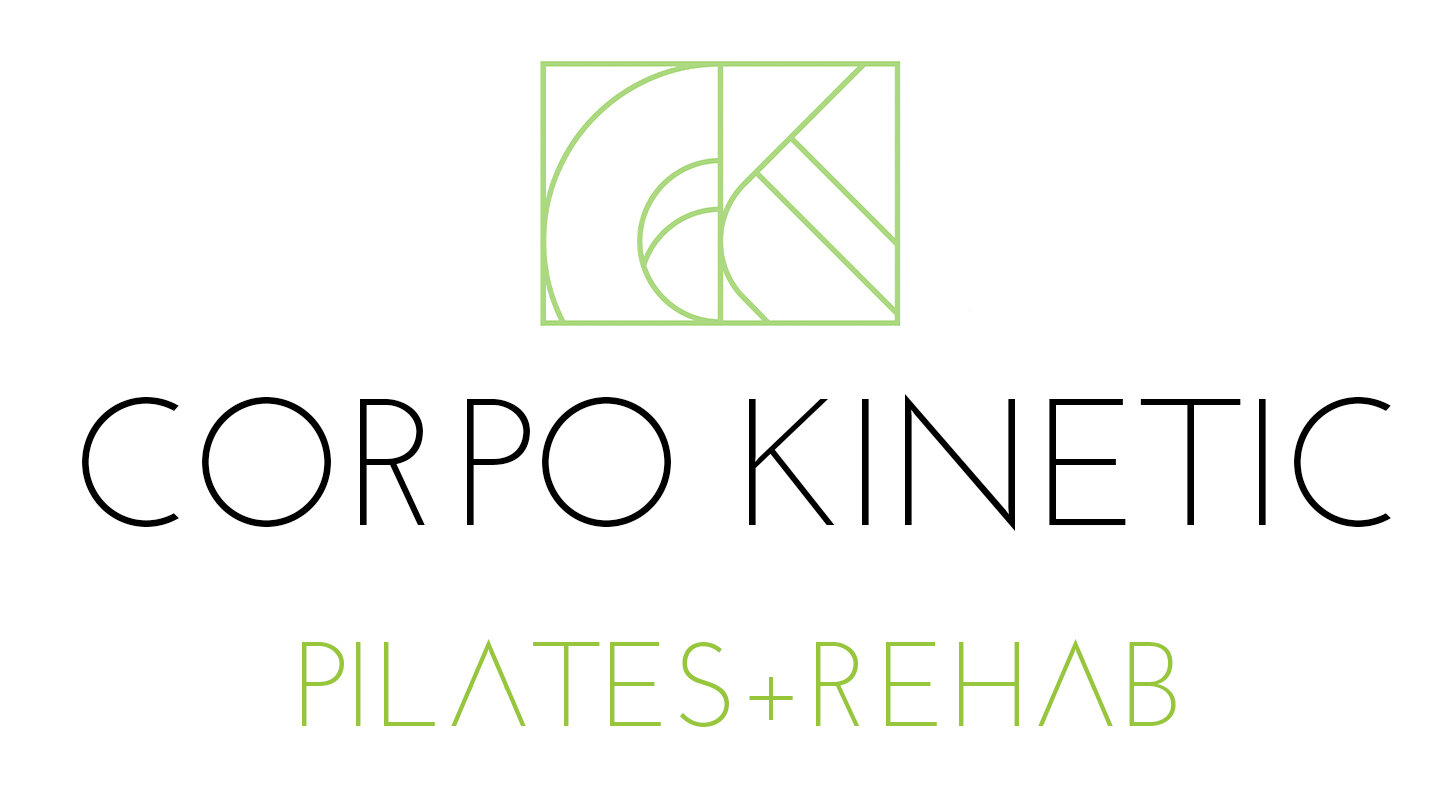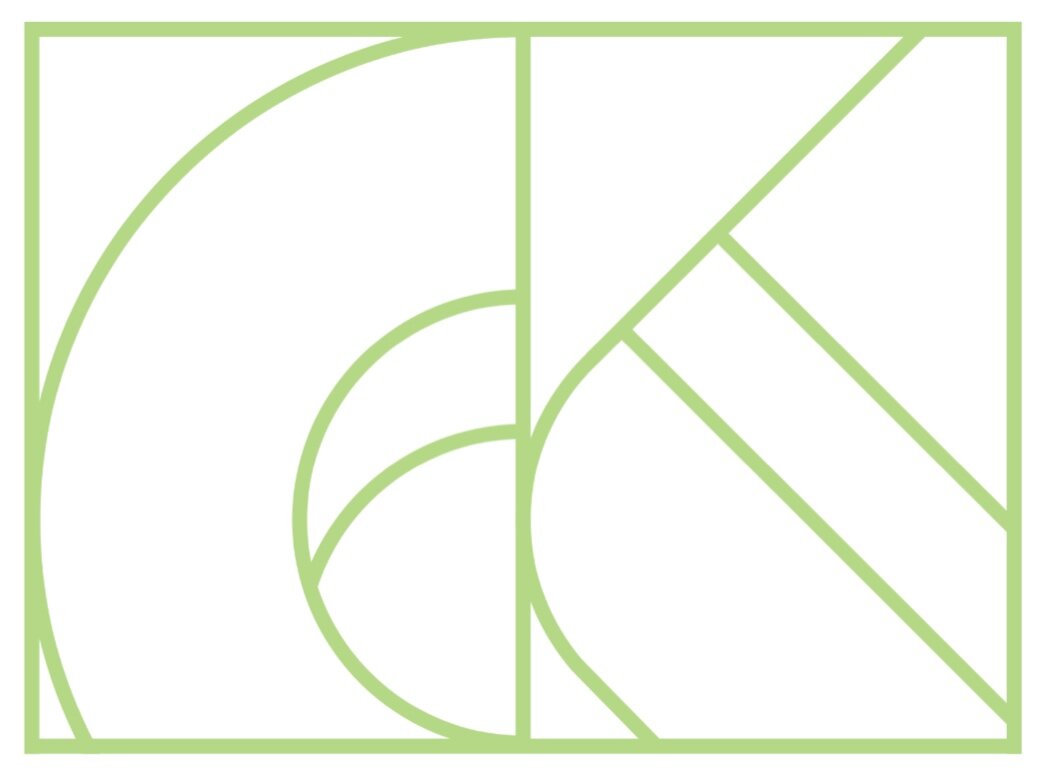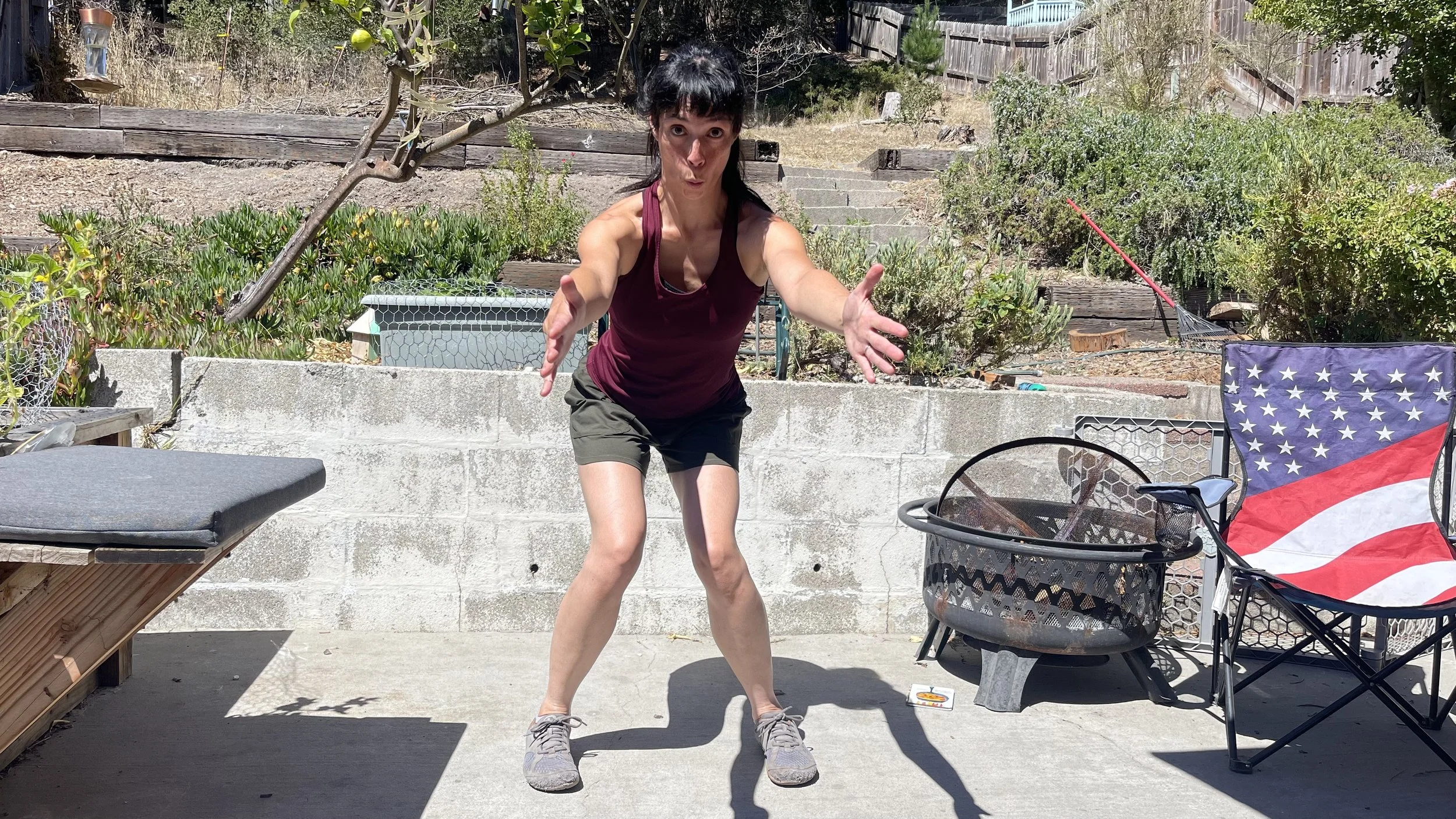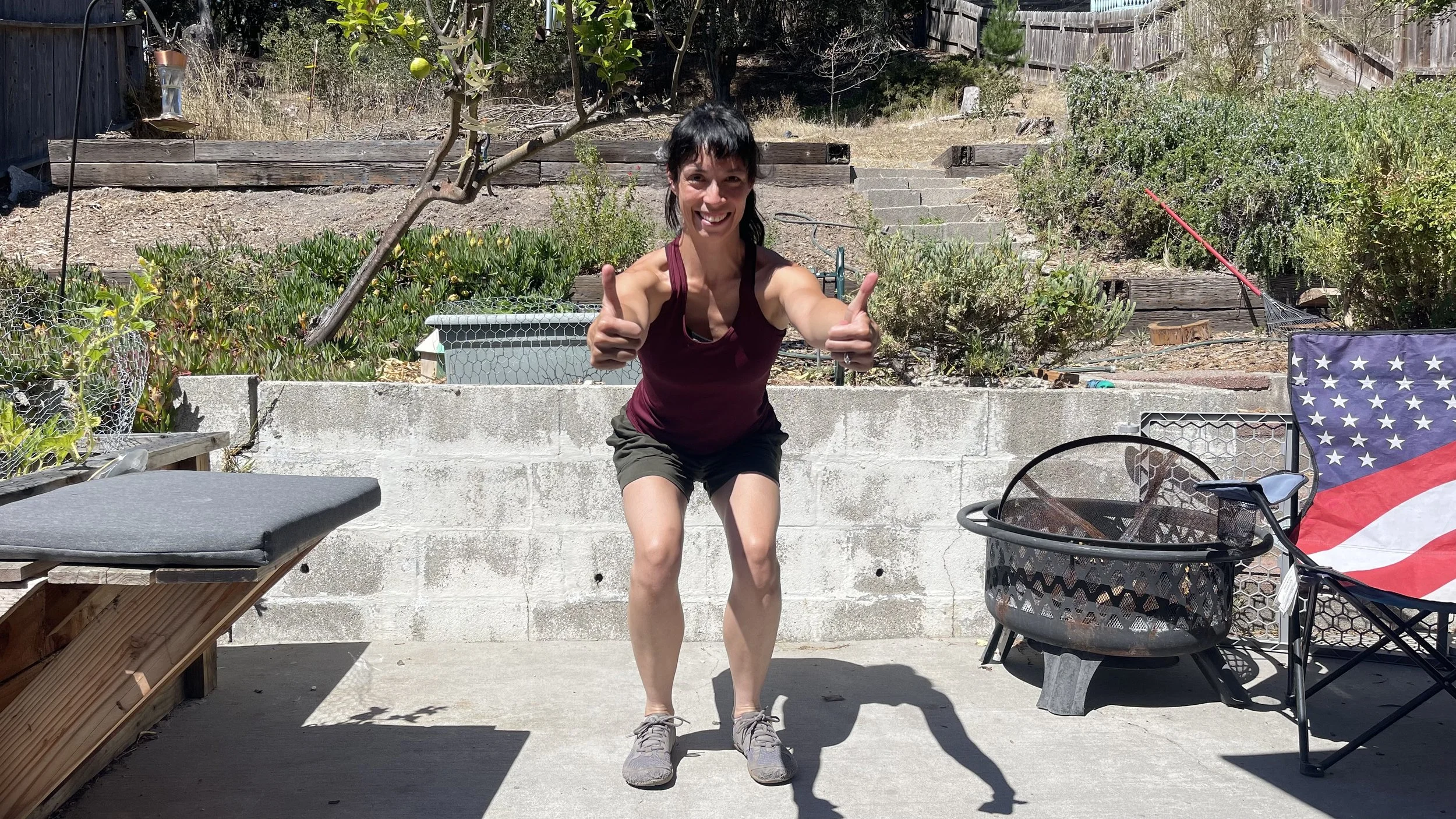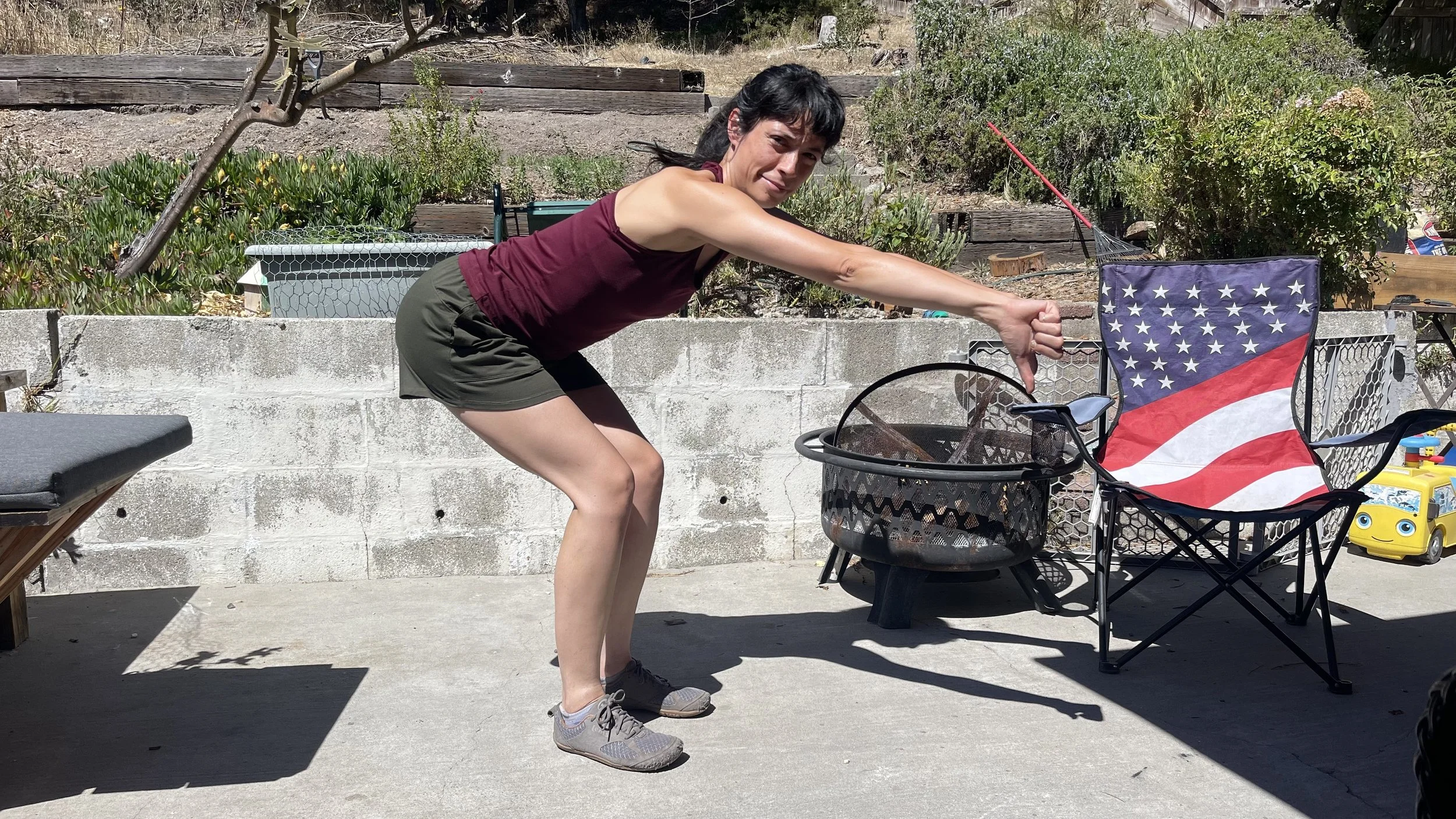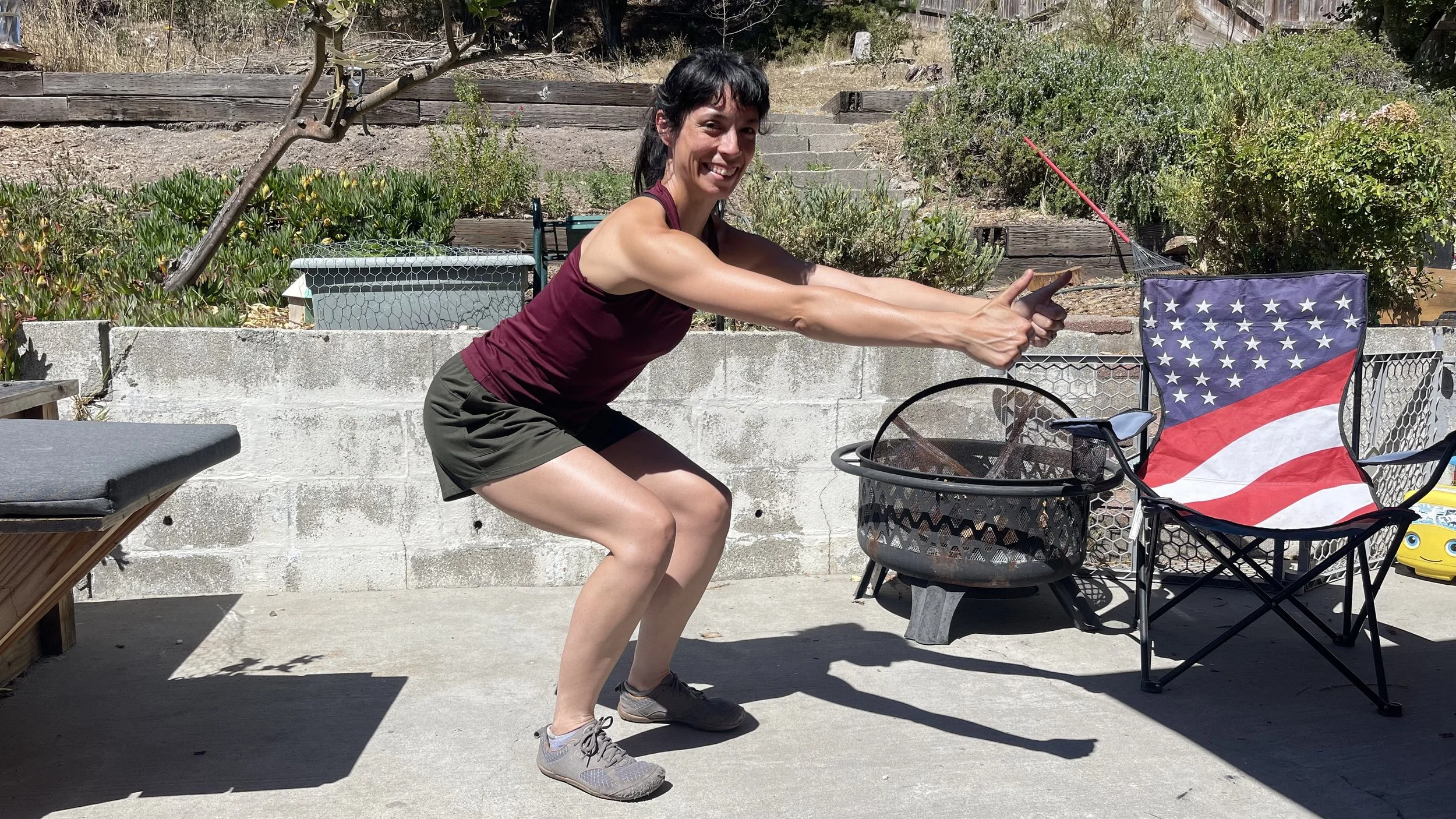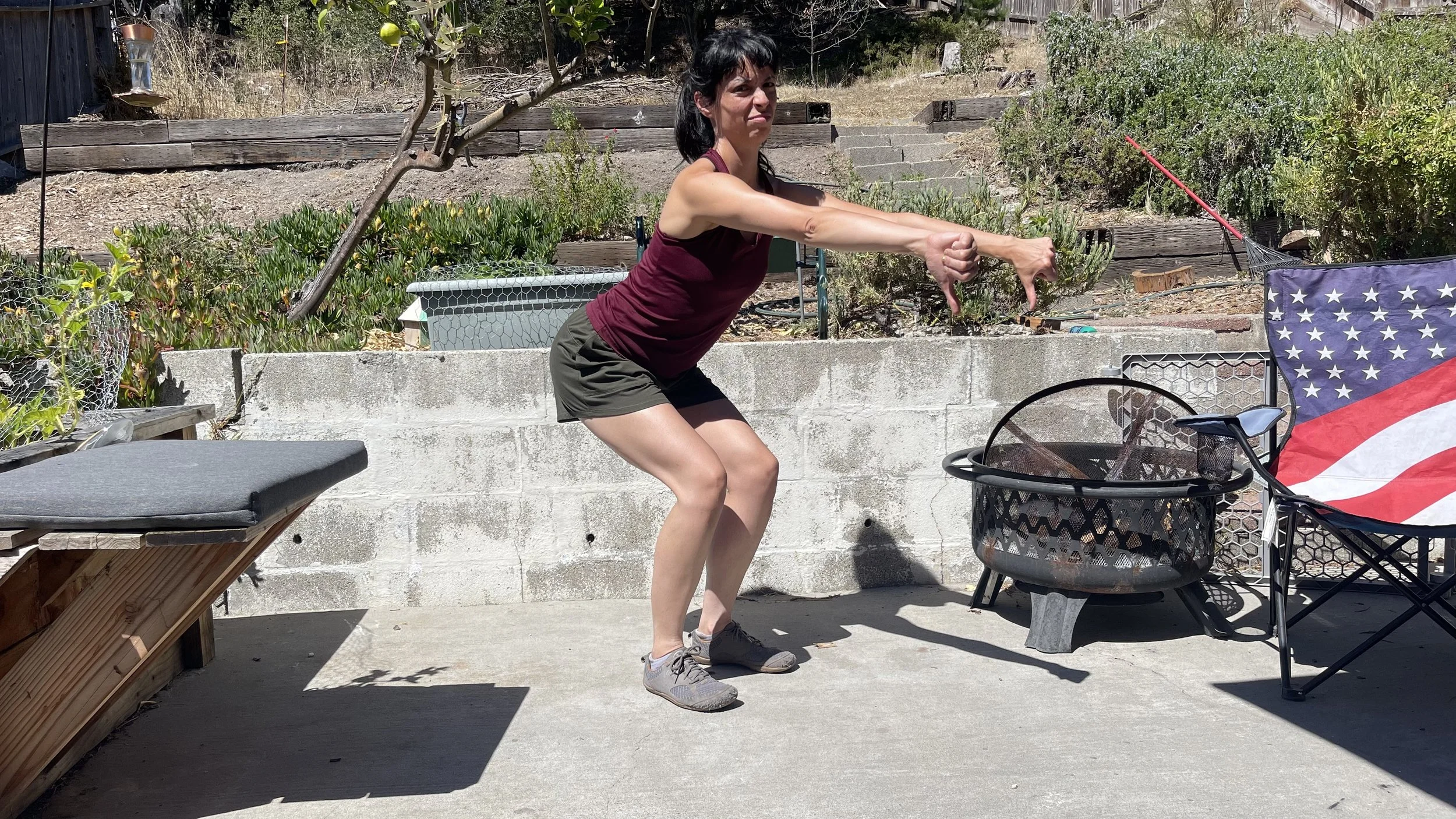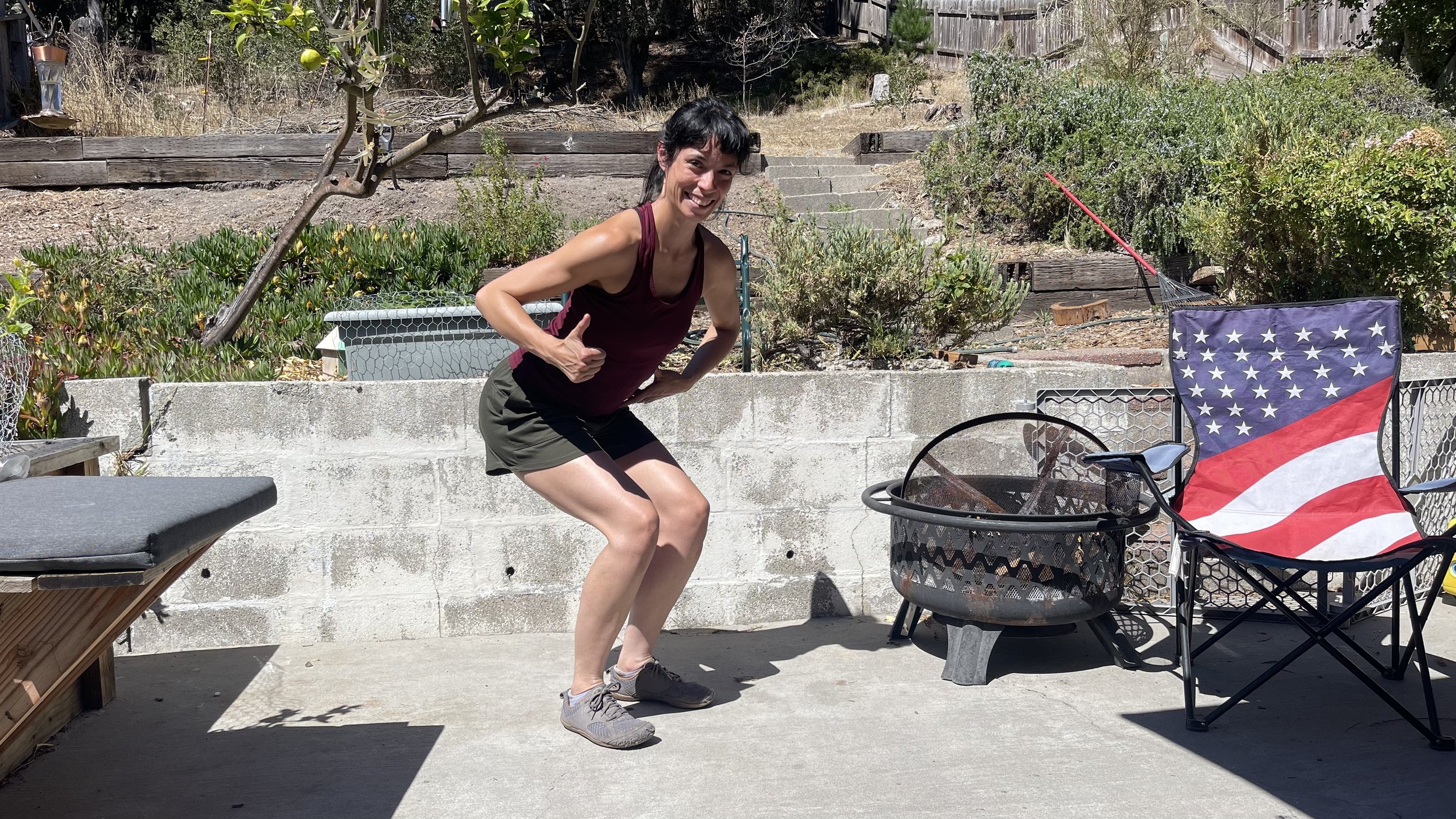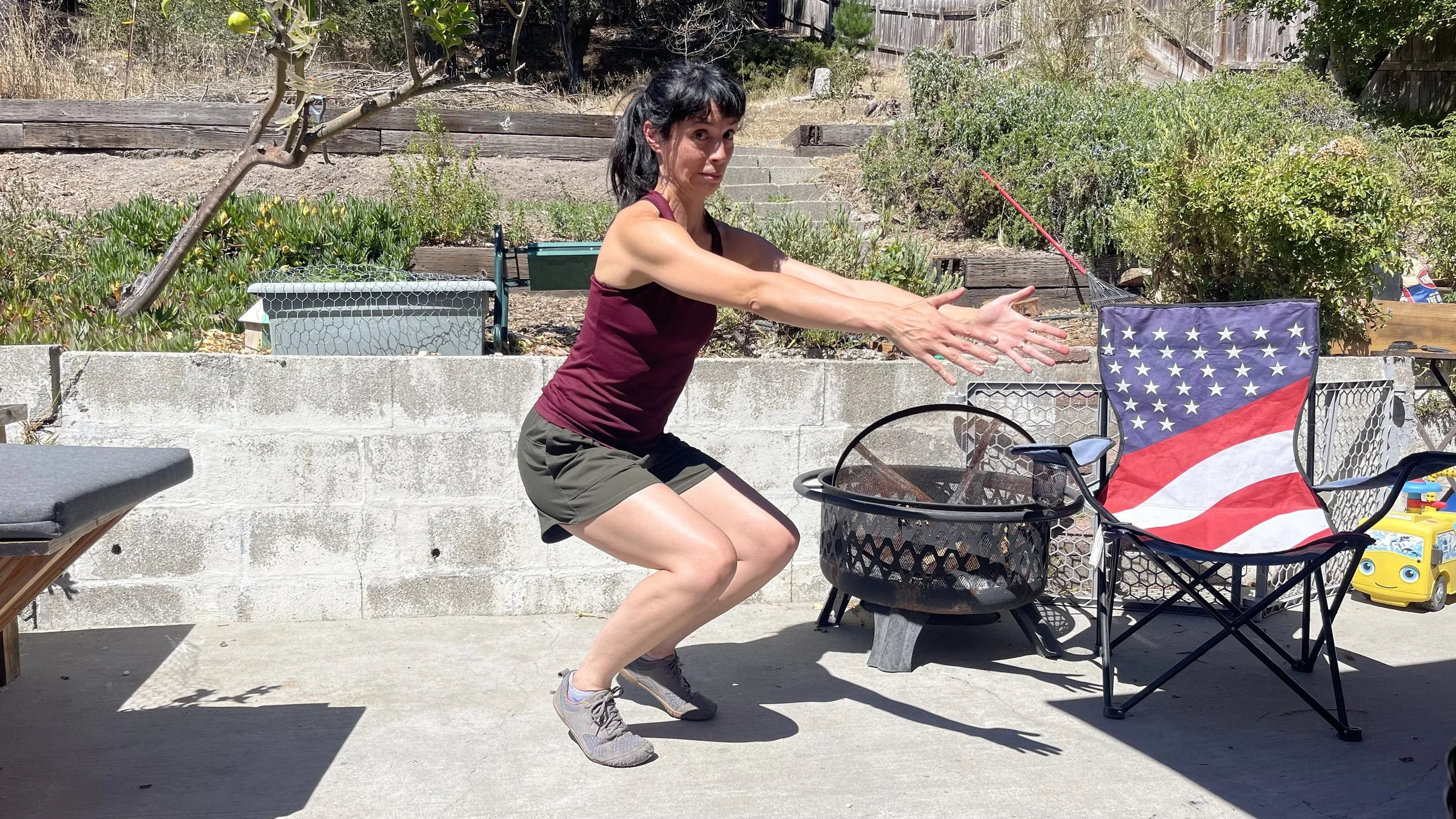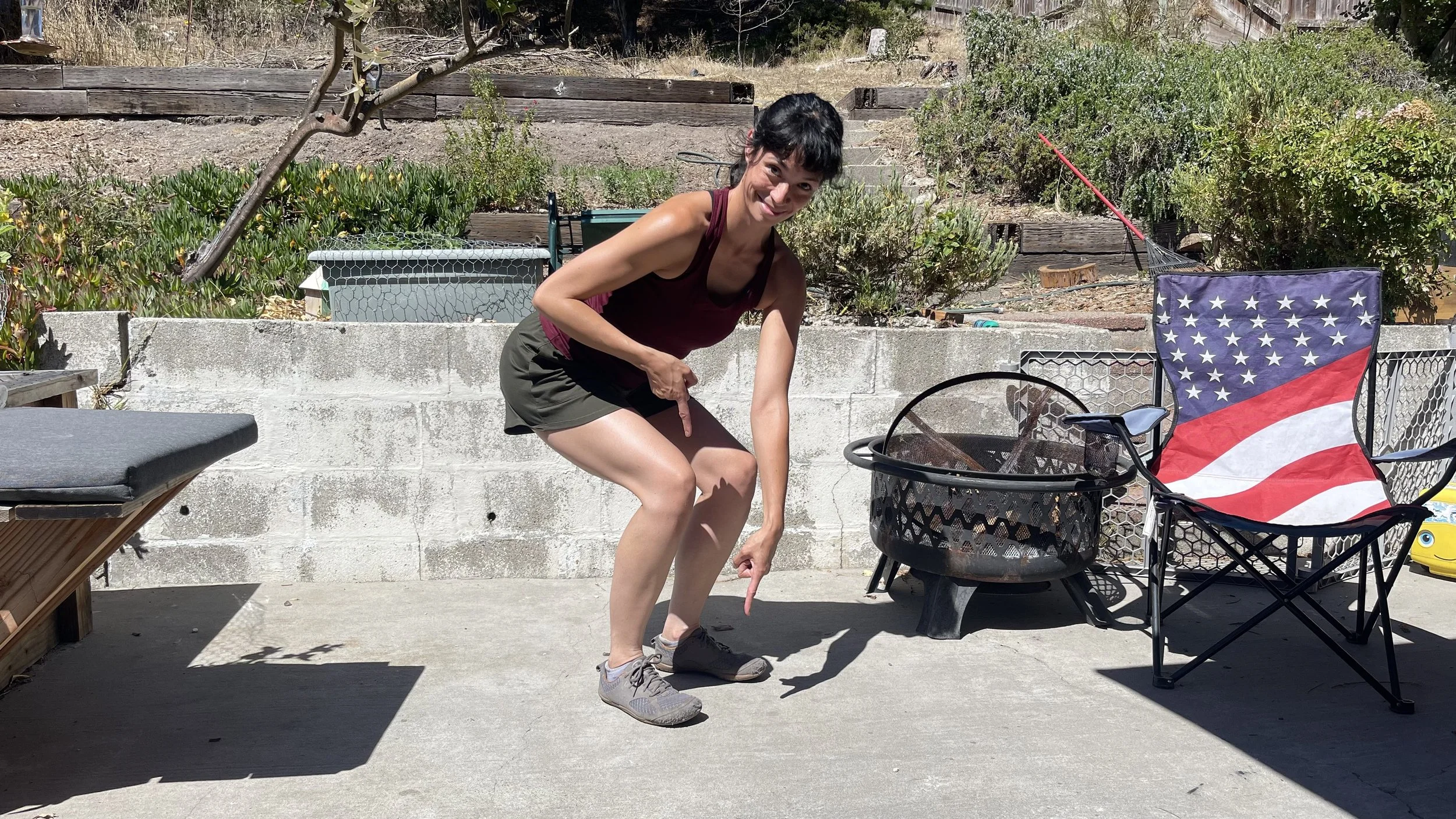Squats
In last month’s blog we talked about the importance of glute work and suggested a variety of exercises to try. This month we’ll take a closer look at one particular exercise: the squat.
Squats are one of those exercises we know we need, but often hate to request… If you feel like you have challenges with the squat, or feel discomfort in your low back, knees, or hips, you’re not alone!
Let’s take a closer look at the common challenges our clients have experienced with squats, what they mean, and how to work on improving your form for a pain-free and more effective squat!
First, why squat?
Squats represent an essential functional human movement. If we are not able to properly squat, it’s an indication of an issue or developing issue that needs to be addressed. Whenever we sit or get up from sitting, we’re doing a form of a squat, so practicing your form in this essential movement will make daily life easier and more comfortable for years to come.
Common Challenges
Knees Caving in (Valgus)
When you’re in your squat, think about: Pressing down into your full tripod foot as you press the knees out to the sides (right and left) so that they align with the center of your foot. Can you feel your outer glute activate?
Caused By: tight TFL, underactive gluteus medius and medial hamstring
What you can try to address it:
release the TFL and strengthen the glutes and core
~ Strengthen~
~ Release ~
In your squat, try this… place band or strap around outer thigh to cue gluteus medius support in your squat
Excessive Lean Forward
Caused By: overactive/tight hip flexors & ankles/calves, underactive gluteus maximus and intrinsic core stabilizers (especially the transverse abdominals). tight/kyphotic thoracic spine
When you’re in your squat, think about: Keeping your chest lifted, finding a hinge from your hips. Try karate chopping right into your hip crease to encourage the movement from there.
What you can try to address it: release the hip flexors and ankles, strengthen the deep core and glutes
~ Release ~
~ Strengthen~
In your squat, try this… practice squats with heels elevated, such as on a half roller or rolled up mat
Low Back Arches
Caused By: overactive/tight hip flexors & lats, underactive gluteus maximus and intrinsic core stabilizers (especially the transverse abdominals)
When you’re in your squat, think about: Engage your abdominals, drawing ribs to hips.
Imagine you’re wearing baby suspenders between the top of your hip bones and the lowest part of the ribs (on the front of the body). Can you keep the suspenders from lengthening as you sit back?
What you can try to address it:
release the hip flexors & lats and strengthen the glutes & deep core
~ Strengthen~
~ Release ~
In your squat, try this… Find the bottom of your ribcage and the top of your hips with your hands, and draw those four points a little together. Your hands are now your “baby suspenders,” can you keep the distance between your ribs and hips the same as you squat?
Knees Past Toes
Caused By: Overuse of knee joint, often with overactive/tight quads, underuse of hip joint, often with underactive glutes
When you’re in your squat, think about: Think of initiating the move from the hips. As you start your squat, sit your hips back, trying to keep the shins as vertical as possible .
What you can try to address it:
release the quads & strengthen the glutes & hamstrings
~ Release ~
~ Strengthen~
In your squat, try this… place the pinky finger side of your hands on your hip creases, and press back, feeling the hips start hinging before the knees bend. As you bend your knees and move deeper into your squat, make sure you still feel the hips bending. Remember: the hips should move first and be responsible for the majority of the movement!
Let’s Move!
Book a group class or private session to use what you’ve learned:
